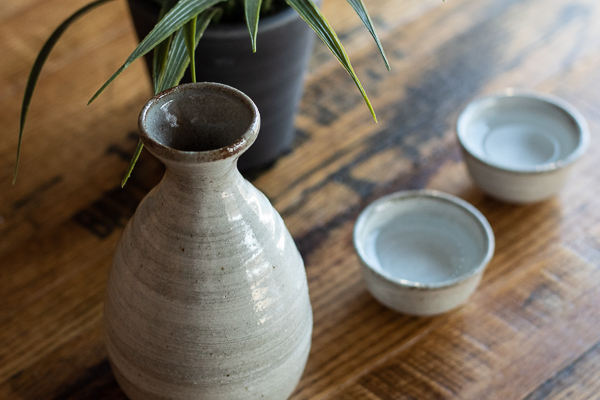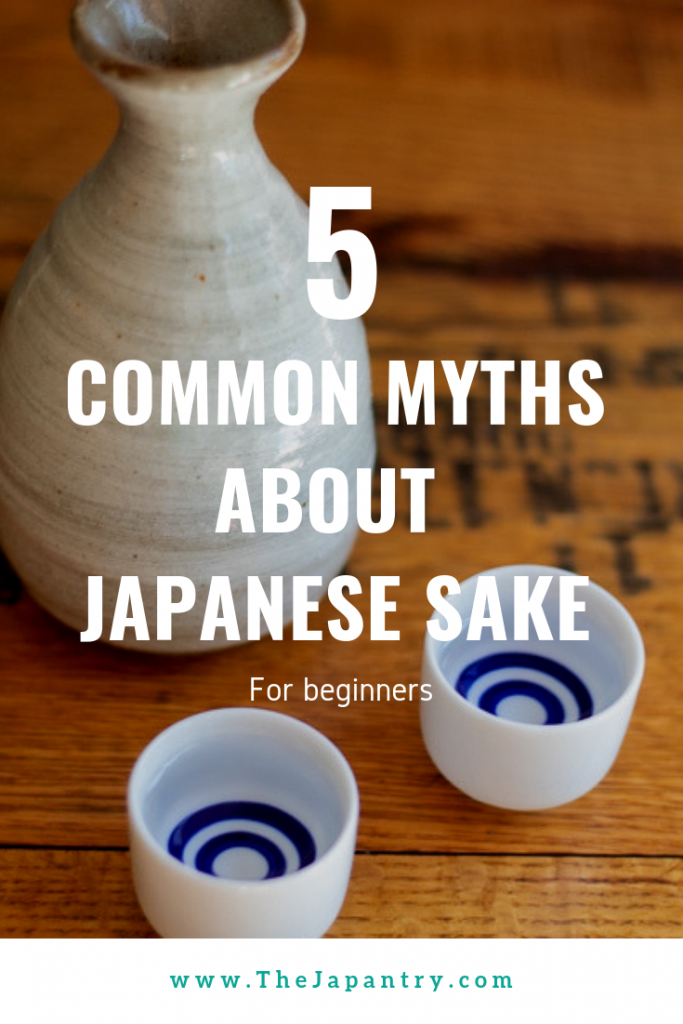
Sake, a Japanese alcoholic beverage brewed from rice, has become an almost as commonly known word as ‘sushi’ in American culture. And with that, there are now more choices and better-quality products available, even in the local grocery stores.
But still shrouded in so much mystery and misunderstanding, sake isn’t being appreciated as much as it can be. Most of that can stem from common misconceptions about sake that many beginners have.
Here are 5 basic things you need to know to dispel some of the most common misunderstandings about Japanese sake:
1. Sake is not rice wine
This is an analogy that has been used to describe a totally new category that is sake. True, sake is always made from rice. True, sake is sold in large bottles (or even in boxes!), like wine. But sake is brewed, like beer. Sake has fermentation and brewing processes that are uniquely its own, giving it a whole new experience in flavor, aroma, ‘mouth-feel’ and food pairing.
2. Sake is not pronounced ‘saki’
Japanese is a very phonetic language. Every vowel or vowel-consonant combos are articulated in a consistent way. If you see an ‘E’ in a Japanese word spelled out in English it’s always pronounced ‘eh’. So, the proper pronunciation for sake is Sa-Keh. Same way that Pokeman is Pokeh-man not Poki-man. Here is a quick video to help you with this pronunciation!
3. You don’t ‘shoot’ it
Because it’s typically served in a tiny ceramic or glass cup, and with a higher alcoholic content compared to beer or wine, the initial instinct may be to treat it like a shot. But the proper way to consume it is to savor it by sipping it. If you can’t savor it because you think it doesn’t taste very good, chances are the quality of sake isn’t high or it’s not properly prepared. Now, it is completely acceptable to shoot the remaining sake that’s gone lukewarm in your cup so that you can serve yourself a fresh hot glass of it!
4. Sake is not always served hot
Generally speaking, sake can be served warm or cold. But depending on the type and grade of sake, there is an optimal way to serve it. You will need to check the recommended serving method for each type.
Related article: The best ways to heat Japanese sake
5. Sake is not just paired with Japanese food
Sake hasn’t been accepted widely as a beverage choice by non-Japanese restaurants, although it is starting to be used in cocktails in many restaurants. Because of its vast variety, sake can complement a wide range of foods, and goes especially well with seafood. Also, because of lower level of acid in sake compared to wine, chilled sake can be a nice alternative option for guests who might have a stomach sensitive to acidity.
Shop Related Products:
Pin it for later!

Related Posts
Salty Shiba (Shiba Dog) Cocktail Recipe
Not every dog owner can say that they have a cocktail drink named after the…
July 2, 2019The best way to heat Japanese sake
There are two main methods to heat your sake at home; one a bit more…
May 15, 2019





Leave A Comment